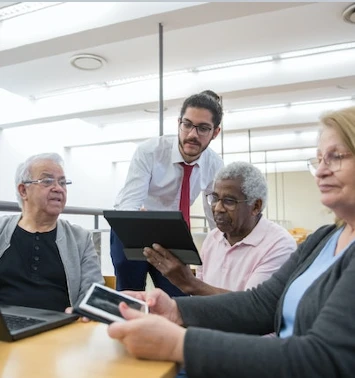Face-to-face training
Permits direct human interaction between the trainer and trainee, which can improve comprehension and recall of the subject. Instant feedback: Trainees can receive immediate feedback from the instructor, which can assist them in better comprehending the topic and adjusting their approach as needed.

Hands-On Training
Active learning: Hands-on training enables active learning, as opposed to passive learning, which can result in enhanced comprehension and retention of the content. Application in the real world: Through hands-on training, students are able to apply what they have learned in a real-world situation, making the content more relevant and meaningful to them.

Basic Fundamentals
Teaching basics can simplify the complex subject matter, making it more accessible to students who may struggle with more advanced topics. Clarity: Teaching basic basics can promote clarity and knowledge of a subject, hence enhancing students’ capacity to think critically and draw connections across disciplines.

Case Studies
Relevance to the actual world: Case studies provide learners with examples from the real world that they can relate to and apply to their own experiences. This can make training more meaningful and interesting. Case studies help students to exercise problem-solving abilities by studying and interpreting information and seeking solutions to the case study’s stated difficulties.




